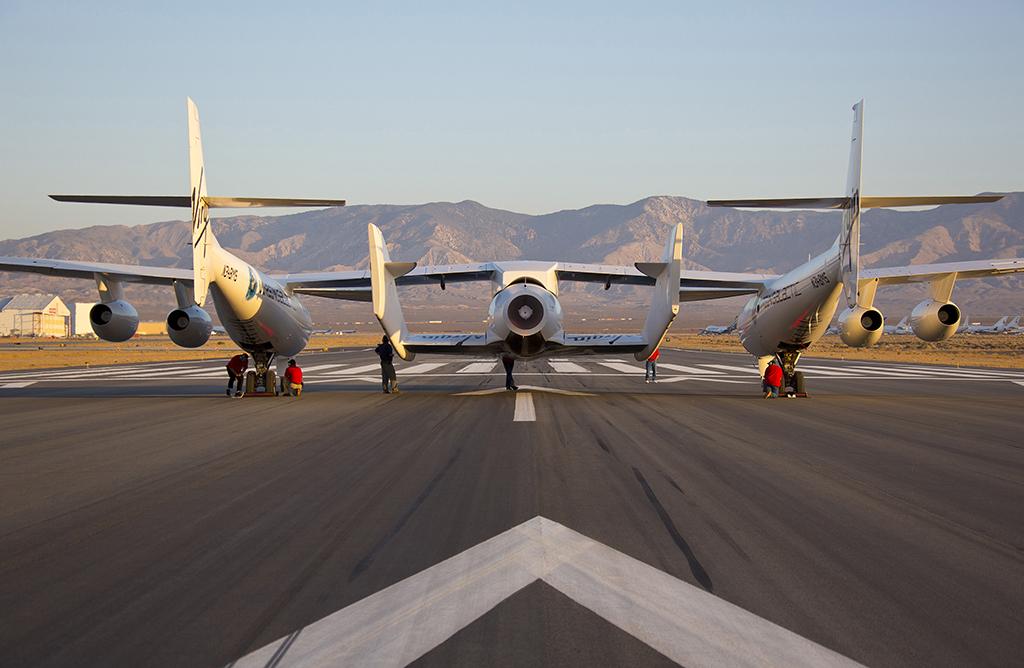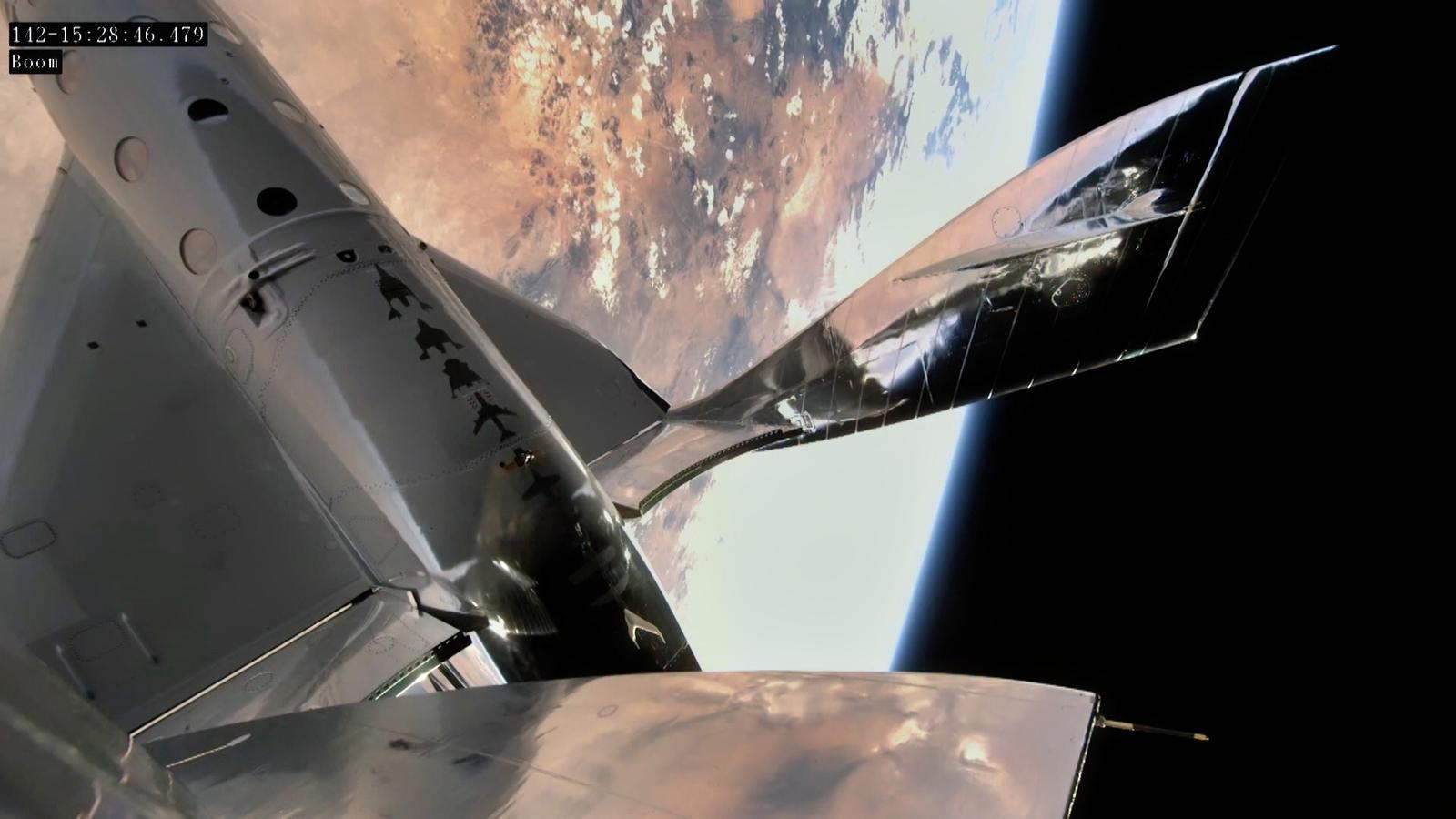
July 11, 2021: Richard Branson plans to join three Virgin Galactic employees in the passenger cabin of VSS Unity for a shakedown flight ahead of the start of commercial services.

Virgin Galactic's flight to suborbital space took off on July 11, 2021, from Spaceport America in New Mexico. The company's fourth crewed flight carried company founder Richard Branson, who is testing the private astronaut experience. What follows is a look back at Virgin Galactic's path to this point in time.

Sept. 29, 2004: Following an initial flight test on June 21, 2004, SpaceShipOne completes the first of two suborbital flights with a single pilot aboard to clinch the $10 million Ansari X Prize. Richard Branson licensed the technology from Mojave Aerospace Ventures—a joint venture of Paul Allen, who funded SpaceShipOne, and Scaled Composites founder Burt Rutan—for a commercial vehicle known as SpaceShipTwo.

Dec. 7, 2009: Virgin Galactic unveils the first SpaceShipTwo vehicle, VSS Enterprise.

April 29, 2013: SpaceShipTwo conducts its first powered flight.

Oct. 31, 2014: A Scaled Composites flight test of SpaceShipTwo ends in tragedy after the ship’s rotating tail boom is unlocked too early in the flight, causing the vehicle to break apart, killing co-pilot Michael Alsbury and seriously injuring pilot Peter Siebold, who escaped via parachute. The first SpaceShipTwo, VSS Enterprise, is destroyed.

February 19, 2016: The second SpaceShipTwo, VSS Unity—built by The SpaceShip Co., originally a joint venture between Virgin Galactic and Scaled Composites—is unveiled.

Dec. 13, 2018: The first suborbital flight of VSS Unity.

Feb. 22, 2019: Unity conducts a suborbital flight test with its first passenger, chief trainer Beth Moses, aboard.
Read Aviation Week's interview with Moses
March 30, 2021: Virgin unveils the next-generation SpaceShip III.


July 11, 2021: Richard Branson plans to join three Virgin Galactic employees in the passenger cabin of VSS Unity for a shakedown flight ahead of the start of commercial services.

Virgin Galactic's flight to suborbital space took off on July 11, 2021, from Spaceport America in New Mexico. The company's fourth crewed flight carried company founder Richard Branson, who is testing the private astronaut experience. What follows is a look back at Virgin Galactic's path to this point in time.

Sept. 29, 2004: Following an initial flight test on June 21, 2004, SpaceShipOne completes the first of two suborbital flights with a single pilot aboard to clinch the $10 million Ansari X Prize. Richard Branson licensed the technology from Mojave Aerospace Ventures—a joint venture of Paul Allen, who funded SpaceShipOne, and Scaled Composites founder Burt Rutan—for a commercial vehicle known as SpaceShipTwo.

Dec. 7, 2009: Virgin Galactic unveils the first SpaceShipTwo vehicle, VSS Enterprise.

April 29, 2013: SpaceShipTwo conducts its first powered flight.

Oct. 31, 2014: A Scaled Composites flight test of SpaceShipTwo ends in tragedy after the ship’s rotating tail boom is unlocked too early in the flight, causing the vehicle to break apart, killing co-pilot Michael Alsbury and seriously injuring pilot Peter Siebold, who escaped via parachute. The first SpaceShipTwo, VSS Enterprise, is destroyed.

February 19, 2016: The second SpaceShipTwo, VSS Unity—built by The SpaceShip Co., originally a joint venture between Virgin Galactic and Scaled Composites—is unveiled.

Dec. 13, 2018: The first suborbital flight of VSS Unity.

Feb. 22, 2019: Unity conducts a suborbital flight test with its first passenger, chief trainer Beth Moses, aboard.
Read Aviation Week's interview with Moses
March 30, 2021: Virgin unveils the next-generation SpaceShip III.


July 11, 2021: Richard Branson plans to join three Virgin Galactic employees in the passenger cabin of VSS Unity for a shakedown flight ahead of the start of commercial services.
A timeline of events leading to the first fully crewed rocket-powered flight test, which Virgin Galactic calls the beginning of a new space age.












Comments